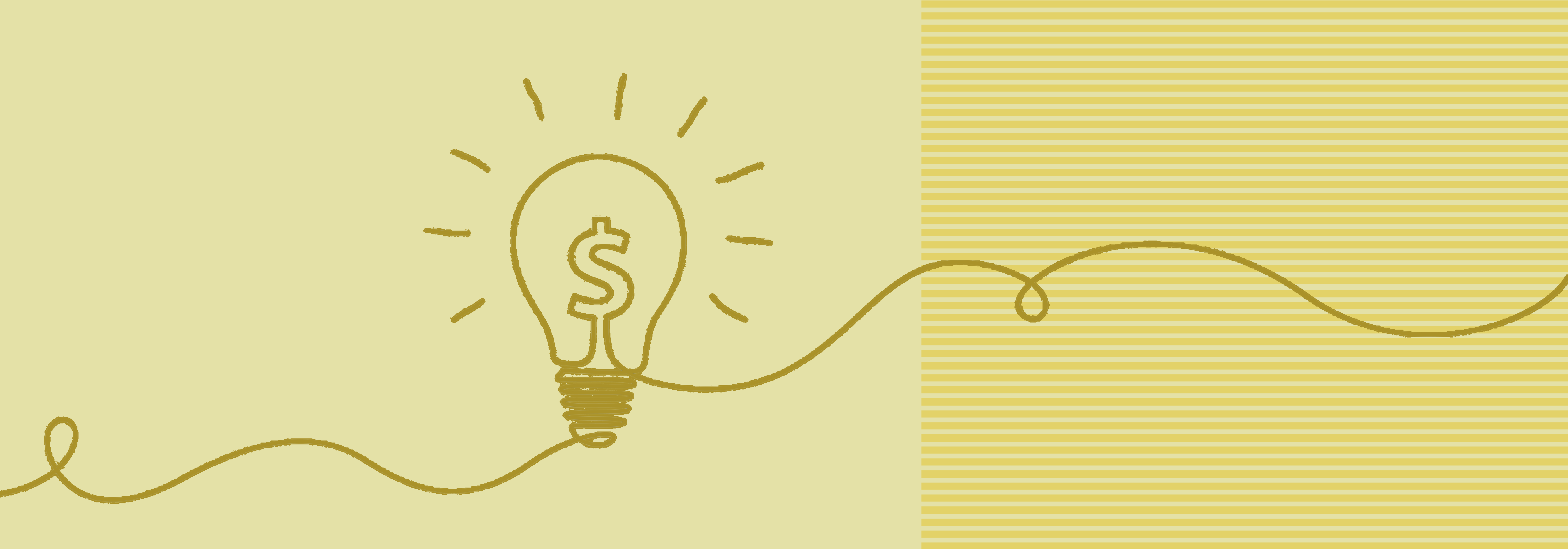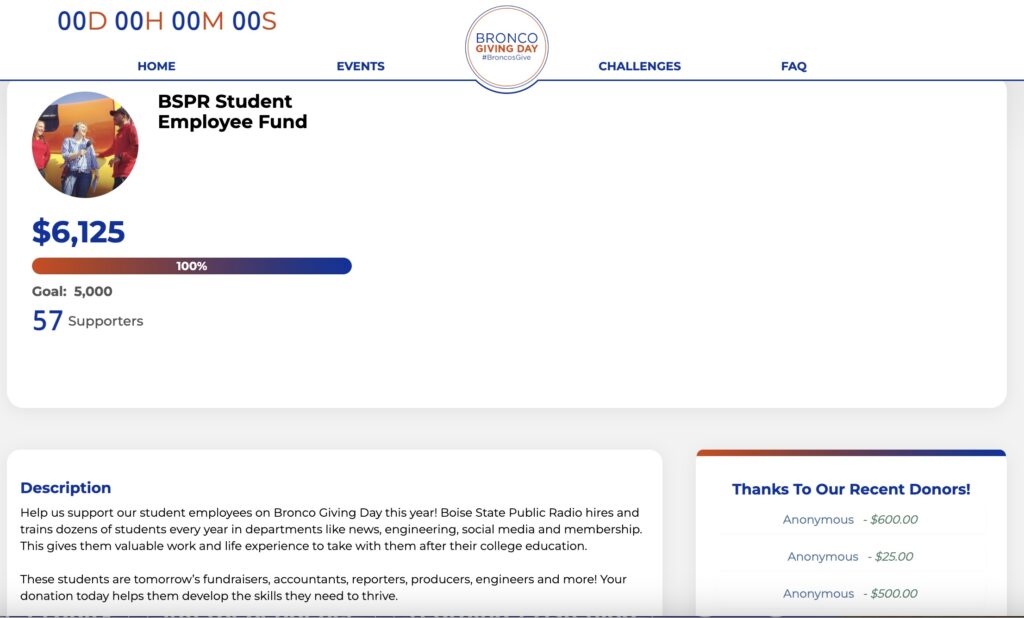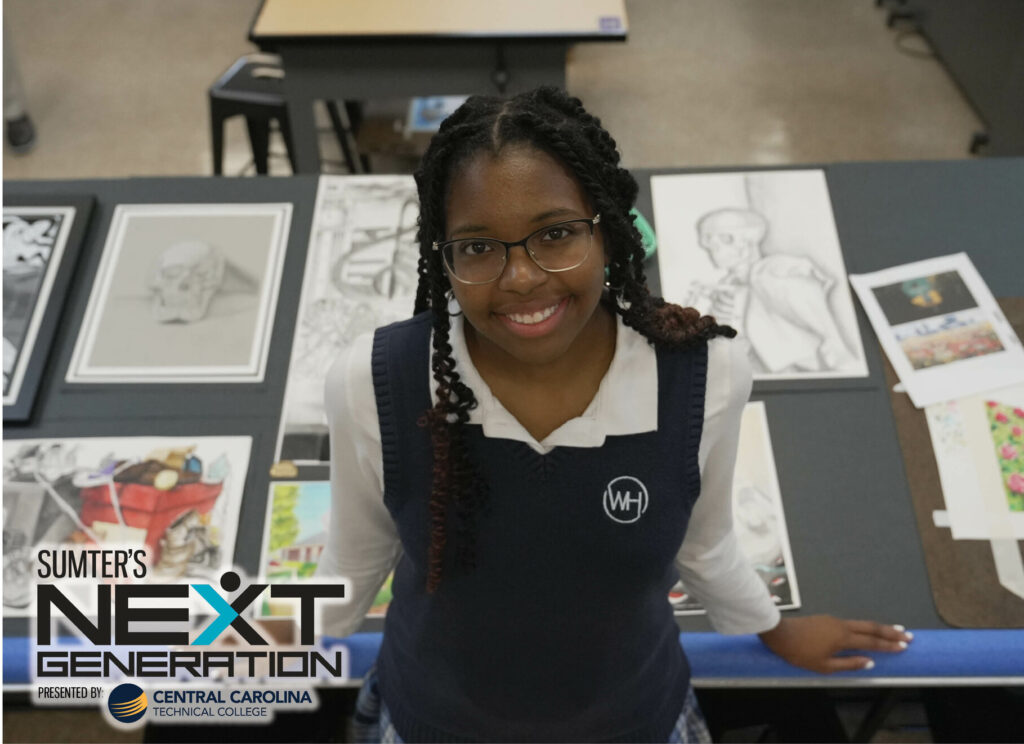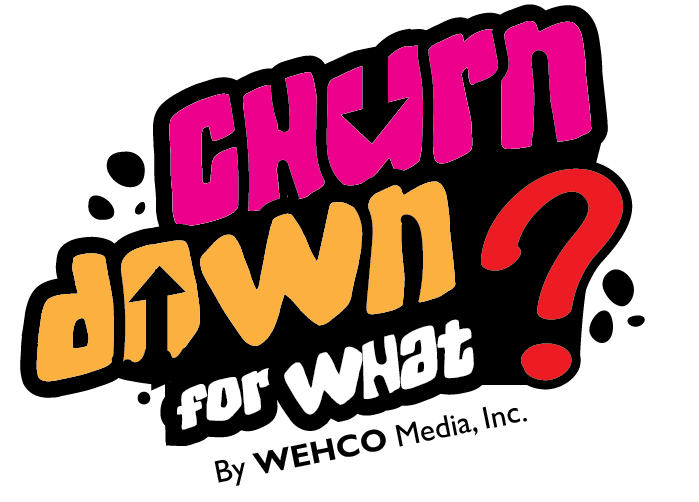Revenue ideas to inspire, from alumni of the Table Stakes Local News Transformation Program
Emily Ristow and Jan Ross P. Sakian, American Press Institute, Here are 10 ideas to steal and adapt to help boost revenue through products, advertising, fundraising and more.
Here are 10 ideas to steal and adapt to help boost revenue through products, advertising, fundraising and more. This is a series on Better News to a) showcase innovative/experimental ideas that emerge from the Knight-Lenfest Newsroom Initiative and b) share replicable tactics that benefit the news industry as a whole.
These “wins” come from the Arkansas Democrat-Gazette, Boise State Public Radio, CalMatters, The Chronicle, The Henrico Citizen, The News Reporter, Tucson Spotlight, The Sumter Item, and WEHCO Media. These local news organizations or their leaders are alumni of the Table Stakes Local News Transformation Program and shared these ideas at a virtual gathering for alumni in May 2025.
In May 2025, API hosted the final community call for alumni of the Table Stakes Local News Transformation Program. This piece includes insights from the “steal this idea” session, where alumni volunteered to share recent revenue successes and answer questions from local news organizations interested in trying similar approaches.
Here are 10 success stories and tips that news leaders shared during the live session:
Advertising wins
The Henrico (Va.) Citizen’s Small Business Boost program offers $4,000 advertising grants to local small businesses. The Citizen covers half of the cost, and the Henrico County Economic Development Authority covers the other half. The small businesses that are chosen — 53 applied for 20 spots in the program’s first year; 125 applied for 40 spots in the program’s second year — then receive three months of email and social media advertising. The Citizen helps the businesses identify their ideal audience and timing for the campaign, so they can tailor their messages and help get them in front of the right people.
Advice for others: Find a partner for a larger-scale effort. “It’s always easier to make one $40,000 sale, if you can, than 20 $2,000 sales,” owner and publisher Tom Lappas told the University of North Carolina’s Center for Innovation and Sustainability in Local Media.
The Chronicle, Duke University’s independent student newspaper, held a virtual housing fair that 31 apartment communities paid $500 to attend, representing about 10% of the annual ad spend it gets from housing companies. About 500 students signed up for the virtual event and at least 60% of attendees visited with five apartment communities in breakout rooms. This event reinforced their strong relationship with regular advertisers and served The Chronicle’s key audience, current students.
Advice for others: If you want to try a virtual resource fair, dedicate a team to work on it, stay organized and have a marketing plan and goals from the start.
CalMatters showed that you can gain insights from experimenting with tweaks to just one ad placement or sponsor. Ezequiel Lihosit, CalMatters’ sales ad & sponsorship sales manager, noted how one ad — bought by a business that was new to their client portfolio — allowed his team to look into the merits and drawbacks of measuring by cost-per-click (CPC). A revenue model that prioritizes the CPC metric allows publishers to charge advertisers each time a user clicks on an ad, which is different from common revenue models that rely on impressions or a standard rate for time online.
Advice for others: Take inventory of what’s available to you and what else can be monetized. Instead of baking in banner and digital ads within sponsorship packages, the team prioritized filling open ad space on their website and news products by selling select digital ad placements as an à la carte option for clients. “The CPC model in this campaign test was less profitable than if we had been able to sell those ads at our typical rates,” Lihosit shared. “But because they were open to us plugging them in where and when we had unsold space, it was a win-win with realized income we otherwise wouldn’t have received at all.”
Fundraising and grants

This screenshot shows the final results for Boise State Public Radio’s campaign to support student employees for Bronco Giving Day in March 2025. (Courtesy of Boise State Public Radio)
Boise State Public Radio successfully funded its first student employee fund, enabling the station to pay student workers for internships and other part-time roles in multiple departments, including news, engineering, social media and membership. For Bronco Giving Day in March 2025, they set a goal of $5,000 and surpassed it — raising more than $6,000 with the help of 57 individual donors.
Advice for others: If your news organization is nested within a university system, look into using call centers run by the college’s alumni outreach or development departments. Kristin Jackson, the station’s development director, said Boise State University’s Phonathon program — staffed by students who call alumni, parents and friends of the university — was a resource they hadn’t tapped until this campaign.
The Arkansas Democrat-Gazette’s Community Journalism Project was inspired by the work of other legacy media, such as The Seattle Times and Post & Courier, to launch a philanthropic effort to raise funding for its local journalism. Launched in August 2024 with a goal of reaching $100,000 in 100 days, the effort raised $100,000 in just 17 days. The initiative’s site clearly lays out the newspapers’ editorial independence, and donors are recognized on the site and in the newspaper.
Advice for others: Staci Miller, director of development for the Community Journalism Projects, said to be transparent with your readers. When asking for a donation, it’s important to also share your plan for long-term sustainability so you get their continued support.
Tucson Spotlight launched in September 2024. Within Tucson Spotlight’s first eight months, founder and Table Stakes alumna Caitlin Schmidt secured three grants to support capacity-building. Each funding source contributed to different needs, from general operations to travel for professional development. The Civic Media Playbook grant from the Listening Post Collective supports engagement efforts: Tucson Spotlight recently began work on a nine-month information ecosystem assessment for Spanish-speaking communities and historically underrepresented neighborhoods in Southern Arizona.
Advice for others: Tucson Spotlight also won an area-specific grant for news organizations through a regional foundation. “If your town has a community foundation, check them out,” Schmidt said. It’s likely that you’ll find general support grants that can be applied to your operational needs. Schmidt also suggested subscribing to newsletters that can point you toward grant opportunities — like API’s Need to Know or Grants for Creators — so announcements and deadline reminders can come directly to your inbox.
Read more: How to navigate 5 misconceptions about grants to support your journalism
Revenue-generating products

Rhayne Owens, a student featured in Sumter’s Next Generation, hopes to use her art skills to aid plastic surgeons.
The Sumter (S.C.) Item found success securing sponsorships for newly established products that are inspired by community members’ feedback. In August 2023, the Item created Next Generation, a short-form storytelling series that highlights teens who excel off the sports field. That project received start-up funding through the American Press Institute-News Product Alliance product development sprint, and the Item also secured a one-year sponsorship close to launch. The series has since secured a sponsor for a second year. In February 2025, the Item launched Past is Present, which explores how the county’s history continues to shape it. The series started as a Black History Month offering and has now grown to a yearlong monthly series. It also has a yearlong sponsor.
Advice for others: Take time to listen to and understand your community’s needs and wants. If your product highlights people who previously felt excluded or misrepresented because of a fault line, ask them how and where they want to be seen. Then develop a product that is rooted in what you learn, and also falls within your staff’s abilities and capacity.
The News Reporter secured a $5,000 grant from API to invest in video production equipment to launch its “On the Record” interview series on YouTube. After retrofitting empty office space into a studio over three months, The News Reporter was able to record, produce and edit new content to share across multiple platforms: on their website, as a podcast, on social media and as news pegs for written stories.
Advice for others: For medium-term experiments like this, start small and build momentum. Focus on consistent quality over quantity, and don’t be afraid to experiment with format and tone. Document your processes so others can step in and contribute. Lastly, collaborate closely with advertising teams from the start — their input is essential for aligning content with potential revenue opportunities.
Read more: 8 revenue experiments you can replicate in your news organization
Reducing churn

Logo for WEHCO Media’s consumer revenue team summit in June 2024, designed by Shawn Richardson, WEHCO marketing & design coordinator. (Courtesy of WEHCO Media)
WEHCO Media Inc. — which owns and operates the Arkansas Democrat-Gazette and other local newspapers across Arkansas, Tennessee and Missouri — gathered its corporate consumer revenue team for two, one-day summits in June 2024 and December 2024 to focus on strategies for reducing subscriber churn. Dubbed “Churn Down for What?”and “Churn Down for What: The Remix,” the day-long strategy sessions included extensive churn data presented by the data analytics team to help the rest of the consumer revenue team understand the motivations and characteristics of subscribers likely to cancel their subscriptions. They even created personas for their readers based on this data (“Day Pass Dave,” “Trial Trish,” “Reliable Ryan,” “No Promo Fomo,” etc.).
Advice for others: Their most successful tactics to reduce churn have been an app download initiative and the ICYMI email series. The ICYMI email strategy targets users with low engagement (fewer than 10 sessions in 30 days), checks activity three times monthly, and sends a tailored three-week email series featuring top-performing articles from interest-based categories, removing users who surpass the engagement threshold. At 40 weeks, retention is 8% better for those who open ICYMI emails. That’s a 33% improvement compared to non-engagers.
CalMatters grew its active members by 54% and decreased membership churn by 52% in the past year. Director of Membership Sonya Quick said iterating pledge drive themes and talking points to align with what they know about audience values helped. For example, highlighting “nonpartisan” during one campaign evolved to an emphasis on CalMatters’ “independent” journalism in the next fund drive. Knowing how much donors value “unbiased” news coverage is also helpful framing for future campaigns.
Aside from fundraising campaigns, CalMatters gets feedback from members year-round. Quick tries to carve out time to read through comments in donation transaction records and send personalized replies. Responding directly to member feedback can be a worthy time investment to create genuine connections and “give a face to a name” in the news organization.
Advice for others: When reaching out to individual members or donors to thank them for their support, feedback or contributions, include an open-ended question or invitation to share their perspective. This opens the door to a conversation. In emails, Quick suggests language like: “I’m always eager to learn how CalMatters can better serve our readers. If you’re open to sharing, I’d love to hear how our work makes a difference in your life and what inspired you to give.”